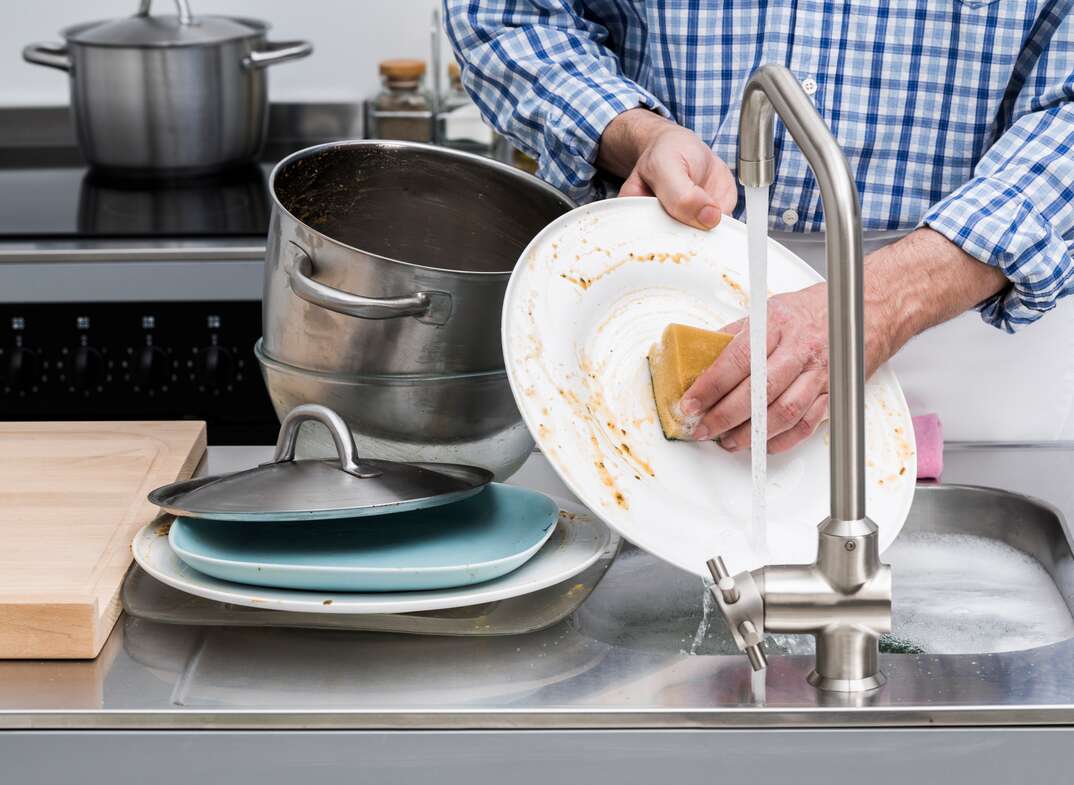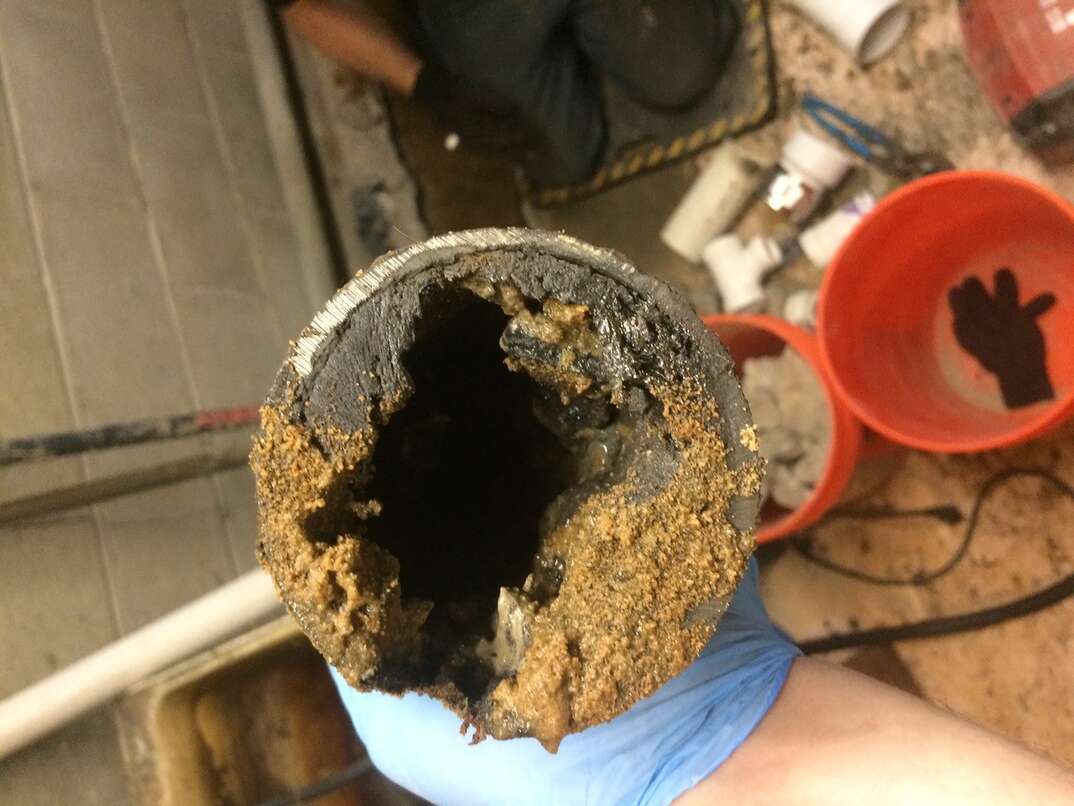How Often Do You Need to Replace a Kitchen Faucet?

Your kitchen faucet might not be the most exciting part of the room, but it's essential to keep the kitchen running smoothly.
This May Also Interest You: Replacing Faucets: What You Should Know
Plus, a well-chosen faucet can add to the aesthetics of the kitchen and complement your kitchen sink. But how long will your new faucet last?
How Long Does a Kitchen Faucet Typically Last?
You can expect a kitchen faucet to last roughly 15 to 20 years. However, the exact life depends on several factors, including the quality of the faucet when you buy it. Taking care of the faucet and being gentle with the handles can also help it last longer.
Even though a faucet can last almost two decades, not everyone waits that long to replace it. You might decide to replace a kitchen faucet if it starts to become outdated or if you're doing an overall kitchen renovation. If you replace your kitchen sink, you might decide to update the kitchen faucet at the same time.
What Are Some Signs of Wear and Tear?
Your kitchen faucet will show signs of wear and tear naturally after years of use. If you're rough on the faucet, it could start showing signs of an issue earlier. Sometimes, you can replace parts of the faucet to correct the damage, but other situations require a replacement. Signs to look for include:
- Drips from the aerator
- Leaks at the base of the handle
- Decreasing water pressure or flow
- Sputtering water
- Strange noises
- Mineral buildup
- Corrosion, scuffs or scratches
Drips can happen due to issues with the washer, gasket, or O ring in the faucet. You can get repair kits to replace those parts, which may fix the issue if the faucet is otherwise in good condition. Replacing the aerator can also help if it has buildup on it that's affecting the water flow.
More Related Articles:
- How Much Are Granite Countertops?
- Kitchen Cabinet Refacing: Pros and Cons
- How to Paint Kitchen Cabinets
- How to Install Kitchen Backsplash in 7 Simple Steps
- How Much Does It Cost to Remodel a Kitchen?
What Are Some Signs That You Need to Replace Your Kitchen Faucet?
How do you know when to replace a kitchen faucet? Start by considering the age. If it's older and shows any signs of wear, you might consider replacing it to avoid additional problems. If you try simple fixes, like replacing some of the parts, and they don't work, a replacement faucet might be necessary. You might also replace it if you've had several issues that you've had to repair recently. The appearance can help you decide as well. If you don't love the look of the fixture or it has visible damage, a replacement gives you a chance to find a new model that better matches your sink and overall kitchen look. It's a simple and relatively inexpensive swap that can freshen the look of your kitchen.


